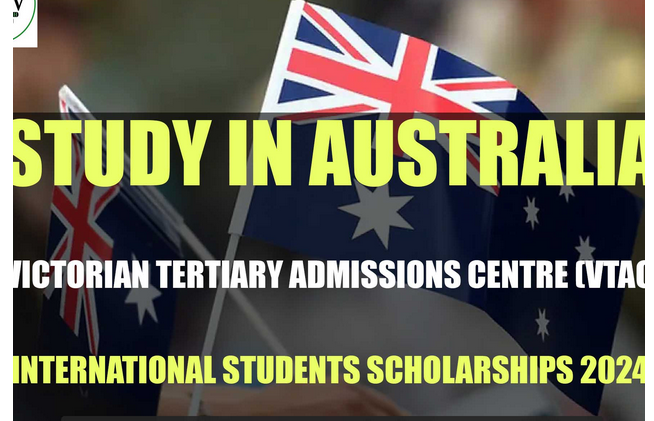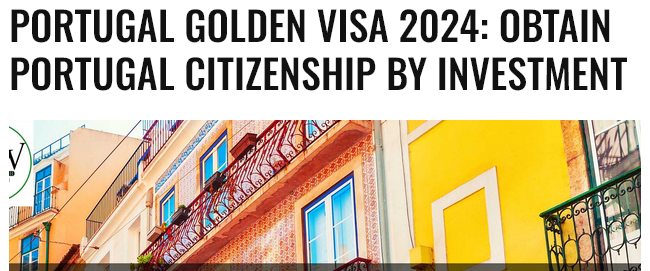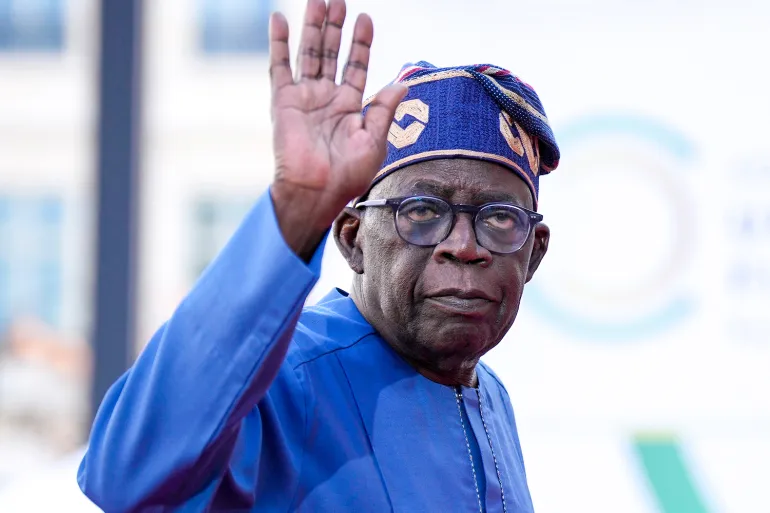Living and working in the United States is a dream for many around the world. The U.S. offers unique visa sponsorship opportunities, cultural diversity, and a high standard of living. However, for those outside the U.S., navigating the visa process can be complex and intimidating.
One popular route to achieving this dream is through employer-sponsored U.S. visas. This pathway can lead to residency and even citizenship, but it often requires the employer to sponsor a visa for a specific role with a minimum salary threshold.
In this blog series, we’ll explore $23,000 U.S. visa sponsorships for the 2024/2025 period. We’ll cover:
- The $23,000 visa sponsorship threshold and what it entails
- Career paths that qualify for sponsorship under this category
- The entire sponsorship process, from application to approval
- Tips to improve your chances of securing sponsorship
Whether you’re a recent graduate, an experienced professional, or someone with a dream of living in the U.S., this series will provide valuable insights to help you navigate the sponsorship journey. So, let’s dive in and start your path to the American dream!
How to Get a Job in the U.S. with Visa Sponsorship
- Target Occupations with Sponsorship Potential:
- Specialty Occupations: The H-1B visa is a common sponsorship option for jobs that require specialized skills and usually a bachelor’s degree. Fields like engineering, IT, and finance are often eligible.
- Shortage Areas: Some industries, such as healthcare, may sponsor visas for roles that have a shortage of U.S. workers. Research high-demand fields to find these opportunities.
- Craft a Compelling Application:
- Highlight Skills and Education: Emphasize qualifications that align with job requirements and showcase your unique value to the employer.
- Network and Research: Attend industry events, connect with professionals, and focus on companies known for sponsoring visas.
- Visa Sponsorship Considerations:
- Employer Requirements: Many companies have salary requirements above $23,000 for sponsored roles. Research typical salary ranges for your target role.
- Labor Certification: Some visas require employers to prove that they couldn’t find a qualified U.S. worker. Be prepared for this process.
- Job Search Resources:
- Visa Sponsorship Websites: Sites like Vizajobs focus on jobs that offer sponsorship. You can also find resources online by searching for visa sponsorship job listings.
- Company Websites: Many large companies list jobs with sponsorship information on their career pages. Research companies in your field that are known for sponsoring visas.
Top 10 U.S. Visa Sponsorship Opportunities
- Software Developers and IT Professionals: The tech industry has a constant demand for skilled developers, programmers, analysts, and cybersecurity experts. Companies often sponsor visas, especially for those with specializations like AI or machine learning.
- Healthcare Professionals: Due to a shortage of healthcare workers, hospitals and medical facilities frequently sponsor visas for qualified foreign nurses, doctors, and other medical professionals, especially in specialties like oncology or cardiology.
- Engineers: The engineering field is another area with many sponsorship opportunities. This includes roles for electrical, mechanical, civil, and chemical engineers. Those with a degree and experience are likely to find sponsorship options.
- Researchers and Scientists: Universities and research institutions often sponsor talented researchers in STEM fields. Candidates with advanced degrees, like a Ph.D., may qualify for sponsorship.
- College Professors and Instructors: Universities facing shortages in specific academic fields may sponsor visas for foreign professors, particularly in niche languages or specialized subjects.
- Math and Science Teachers: Many U.S. school districts have shortages of qualified math and science teachers at the secondary level. Districts may sponsor visas for teachers with strong backgrounds in these subjects.
- Business Professionals: Multinational companies with U.S. offices may sponsor visas for foreign professionals with specialized skills in finance, accounting, or international trade.
- Skilled Trades: Professions like welding, electrical work, and plumbing are in high demand in the U.S. Some companies may sponsor visas for qualified tradespeople, particularly for specialized roles.
- Live-in Caregivers: There is a need for caregivers to assist elderly or disabled individuals. Certain visa programs allow caregivers to live with clients while applying for a green card.
- Agricultural Workers: Seasonal farmworkers are essential in the U.S. The H-2A visa program lets employers hire foreign workers for temporary or seasonal agricultural jobs.
Why Do Companies Not Want To Sponsor Visas?
- Cost and Time: The visa sponsorship process involves fees, paperwork, and sometimes legal assistance, which can be costly.
- Compliance Burden: Employers must ensure sponsored employees follow visa rules, which adds administrative workload.
- Uncertainty: There’s no guarantee that a sponsored employee will remain with the company long-term.
- Local Talent Availability: Many companies prefer local hires to avoid sponsorship hassles.
- Labor Certification: For certain visas, companies must prove they couldn’t find a qualified US worker, a process that can be complex and time-consuming.
Finding a Sponsoring Company
- Target High-Demand Jobs: Research sectors with high visa sponsorship rates, like tech, healthcare, and engineering.
- Highlight Your Skills: Customize your resume and cover letter to showcase relevant skills and experience.
- Network Strategically: Attend industry events and leverage LinkedIn to connect with hiring managers.
- Use Job Resources: Check visa-specific job websites, like Vizajobs, or search directly on company websites for positions offering sponsorship.
Visa Interview Tips
- Be Honest and Clear: Answer questions directly and truthfully. Avoid rambling and stay on point.
- Prepare for Tie-Related Questions: Be ready to explain your commitments to your home country (for non-immigrant visas).
- Present Professionalism: Dress appropriately, maintain eye contact, and speak confidently.
- Bring Supporting Documents: Have proof of employment, financial statements, or invitation letters as needed.
Common Visa Interview Questions
- General: Purpose of visit, length of stay, accommodation details, and funding sources.
- Tourist Visa (B1/B2): Itinerary, trip financing, and family or friends in the US.
- Student Visa (F): Why you chose the US, school selection, and post-graduation plans.
- Work Visa (H-1B): Job offer details, qualifications, salary, and how you’ll benefit the company.
Final Thoughts
The US visa interview is your chance to demonstrate the purpose of your visit and your intentions. By preparing thoroughly, crafting a targeted job search strategy, and answering interview questions professionally, you’ll increase your chances of success. Best of luck on your journey to the United States!






